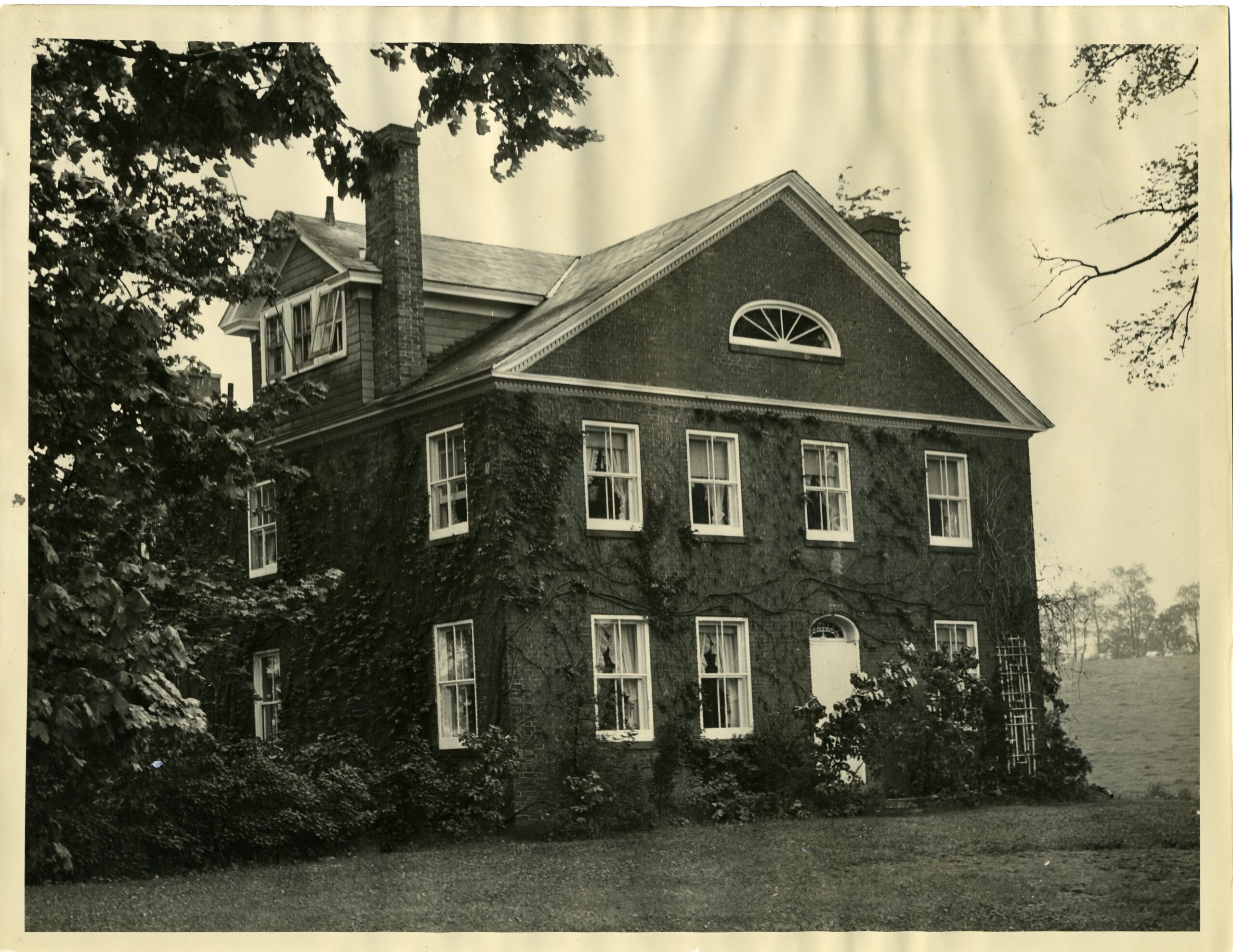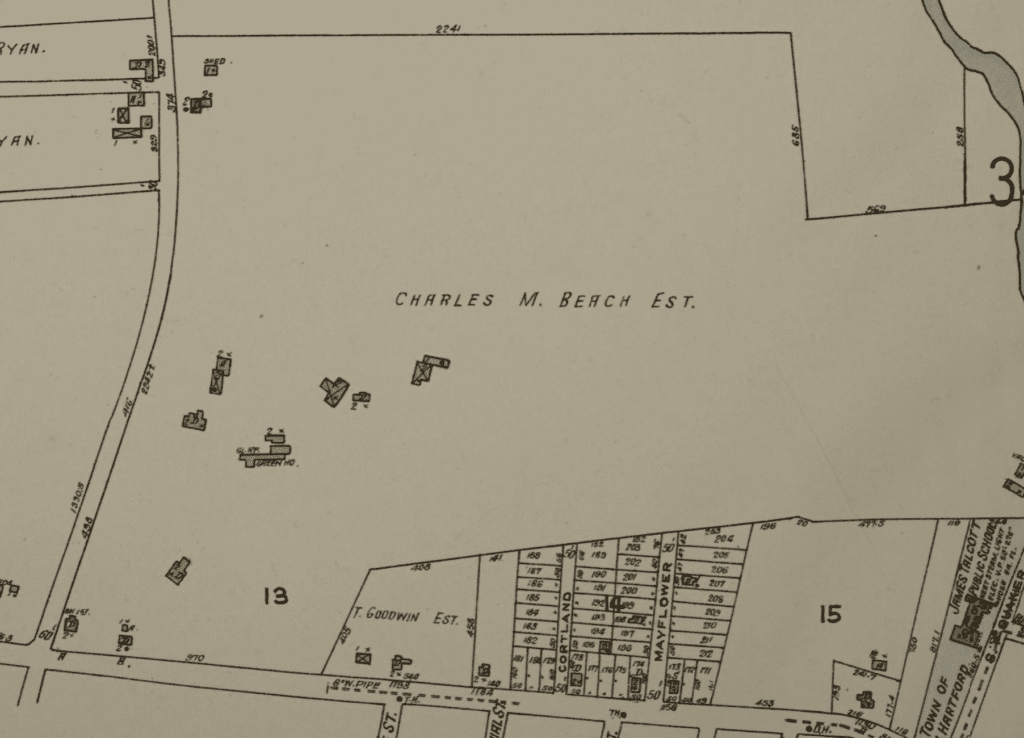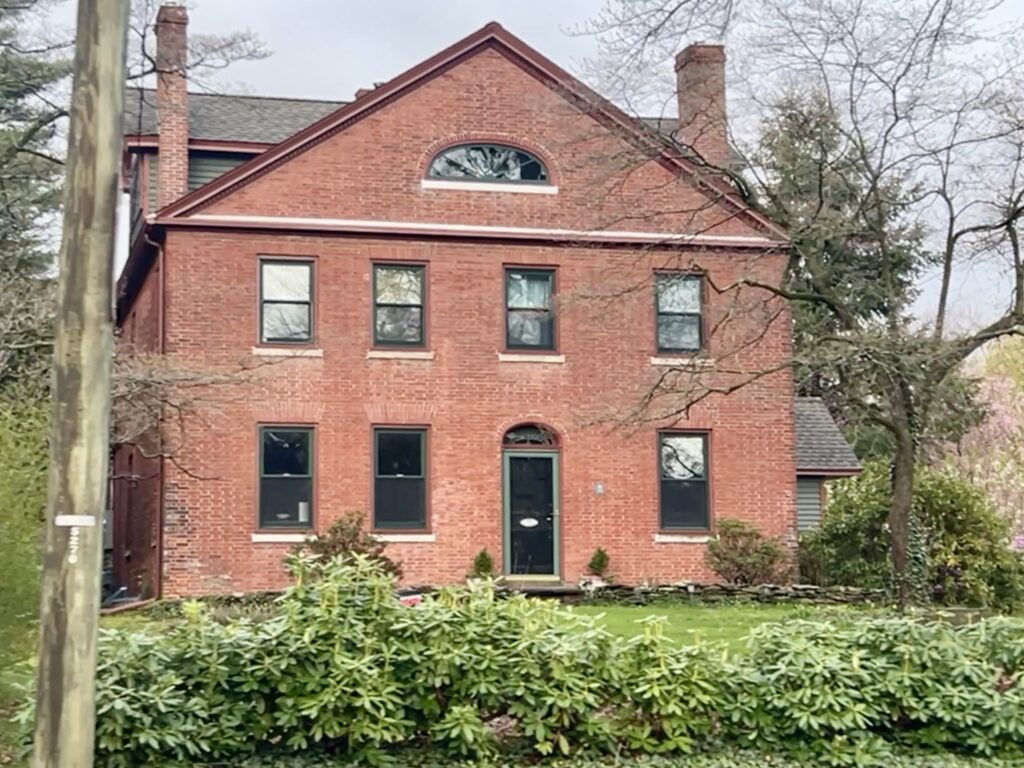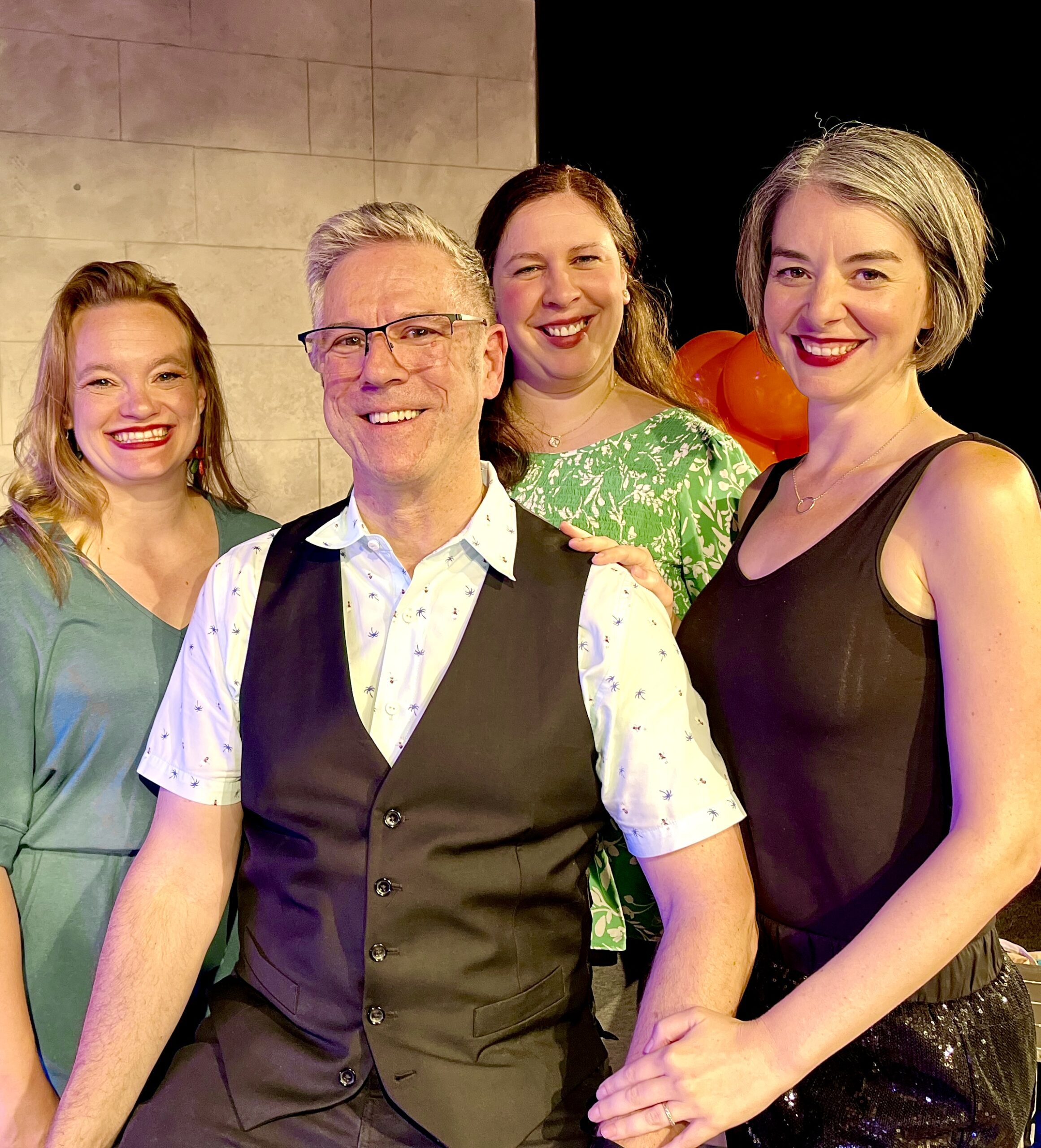From the West Hartford Archives: Millard House, 374 South Main Street

Audio By Carbonatix

The Millard House at 374 South Main Street. Photo courtesy of Noah Webster House & West Hartford Historical Society
Historian Jeff Murray takes a look into West Hartford’s past to uncover some surprising information, stir up some memories, or reflect on how much life has changed – or hasn’t changed at all. Enjoy this week’s ‘From West Hartford’s Archives’ …
By Jeff Murray
The history of the Millard house at 374 South Main St just north of I-84 gives us some insight into the area through the hands it passed through. Built around 1821 by Samuel Millard on the site of an older home built by Jacob Kellogg in the 1730s, this style of architecture, known as Federal, was typical of the time.
The Federal style of architecture developed in the United States after the American Revolution and reflects a time when the country was defining its national identity.
Before the Revolution, the Georgian style had prevailed, but upon independence, there was a strong desire to break away from British colonial architectural styles and create something that felt distinctly American. The architects of the day therefore modeled this style after the democratic values of ancient Rome and Greece, emphasizing proportion, symmetry, and balance with added decorative elements like fanlights (seen here at the top) and other neoclassical ornamentation. Some very prominent buildings, like the White House, were built in this style, but the fact that it shows up in the houses of West Hartford as well shows just how popular it was just a few decades after the Revolution.
In some ways, it’s not surprising. Just seven years after Samuel Millard built this house, the famous American dictionary was published by Noah Webster, whose birthplace in West Hartford was just down the road on South Main Street.
A product of the American Revolution (he was 16 when the war broke out), Webster realized that British educational materials were still being used afterward and worked to develop a unique American educational system that drew from American books, including his first textbooks in the 1780s. His 1828 dictionary reflected decades of work defining words that Americans used, helping to standardize the language we use. Noah Webster contributed to the establishment of a separate American identity in the same way that Americans building their houses locally in the Federal style made purposeful decisions to break away from old forms.
Samuel Millard was born in 1786 in Vernon, Connecticut, and bought this property at 374 South Main Street in 1813, moving to town a whole eight years later. After his death in 1862, the house passed to his widow and his son Henry, who died a decade later at the house. His two sons Justus and George inherited the property after that. Justus was involved in the Congregational Church choir and married Mary Buckland, daughter of the popular postmaster in town.
Other members of the Millard family, notably their cousins, lived further north in the 1790s white brick colonial house at 253 South Main Street for many more years. After Justus’ marriage in 1888, he moved to Farmington Avenue in the Center and George moved in with them after their mother Henrietta died in 1893. With no link left to the house after seven decades, the Millards quitclaimed the farm at 374 South Main Street to Charles M. Beach, who ran the Vine Hill Farm just south.

Map of the Charles Beach estate on South Main Street in 1923 – 374 South Main Street can be seen top left,
The house remained in the Beach family under the umbrella of the Vine Hill Farm through the 1940s. In the 1923 map here, the borders can be clearly seen in all directions. To the south, Vine Hill Road and Cortland Circle would be developed in the early 1940s as housing during World War II, following the contours of the southern boundary. Beachland Park would be parceled out of the eastern section.
The northern section would allow Mayflower Street to snake through the center of the property and split out into further wartime housing as Elmwood Acres (Elmhurst Street and Elmhurst Circle). Manchester Circle would be developed independently (it was not part of the Beach estate and is the indented section at top right). Finally, the western section, the last section to see residential development and one of the last to be sold off by the Beach family in the late 1940s, would see the creation of Brightwood Lane, Winthrop Road, and Hooker Drive across from Beechwood Road.
Of course, I-84 would carve out a treacherous path through these 1940s and 1950s homes, condemning dozens in its path in the 1960s.
Note the landscape in the right background – even before all of the residential development, the hill where Hooker Drive would loop up and around can be seen. It’s easy to just pass by this old house without a second glance today, but appreciating the context it was built in can help us better understand the conscious decisions people made 200 years ago to shape both the town and the country as a whole.

374 South Main Street. Photo credit: Ronni Newton
Jeff Murray was born and raised in West Hartford and has been involved with the Noah Webster House & West Hartford Historical Society since 2011 when he was a high school student and won the Meyer Prize for his essay on local history. Jeff routinely volunteers as local history researcher uncovering information for numerous museum programs such as the West Hartford House Tour and West Hartford Hauntings. Jeff works as a data analyst at Pratt & Whitney.
Like what you see here? Click here to subscribe to We-Ha’s newsletter so you’ll always be in the know about what’s happening in West Hartford! Click the blue button below to become a supporter of We-Ha.com and our efforts to continue producing quality journalism.



